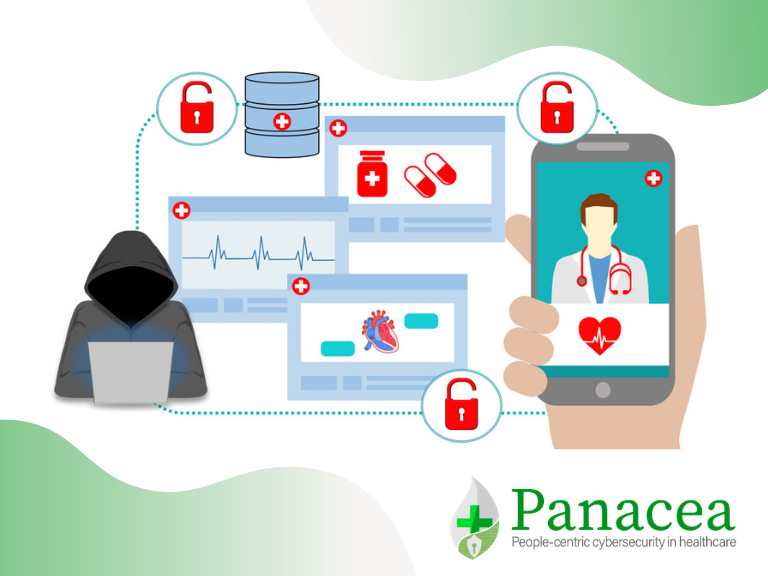The number of cyber-attacks around the world exploded in 2020: exploiting the Covid-19 pandemic as an opportunity for cybercriminals to take advantage of the shift in focus towards smart working and hospital staff transferred to the frontline.
Biometrics to play wider role in e-health

This paper (January 2013) highlights drivers for the increasing adoption of eHealth, both in terms of technology advances and legislative incentives, including the use of biometrics.
Abstract: Remote health monitoring solutions are increasingly combining biometric health measurements with biometric identification of patients. At the same time the advance of low cost and cloud-based platforms are making e-health devices more affordable and accessible. The US has recently implemented the Medicare 30-Day Readmission Rule, penalising hospitals that readmit patients within 30 days of discharge, further driving e-health initiatives.
PANACEA Research perspectives: PANACEA has conducted research on secure interconnectivity, authentication and interoperability aspects in healthcare organisations. An exemplary direction of research is the authentication of a user via a smartphone, tablet or laptop equipped with a standard camera, in order to access specific resources over a wireless broadband network (i.e. using biometric or other type of authentication mechanisms), preventing any malicious activity to a medical constrained domain.
Keywords: biomerics, digital health
Lookout Watch entry date: 21/01/2020

